The Independent's journalism is supported by our readers. When you purchase through links on our site, we may earn commission.
Six Nations Rugby: Where to eat, drink, shop and stay in Dublin this weekend
How to spend the ultimate weekend in Ireland’s capital
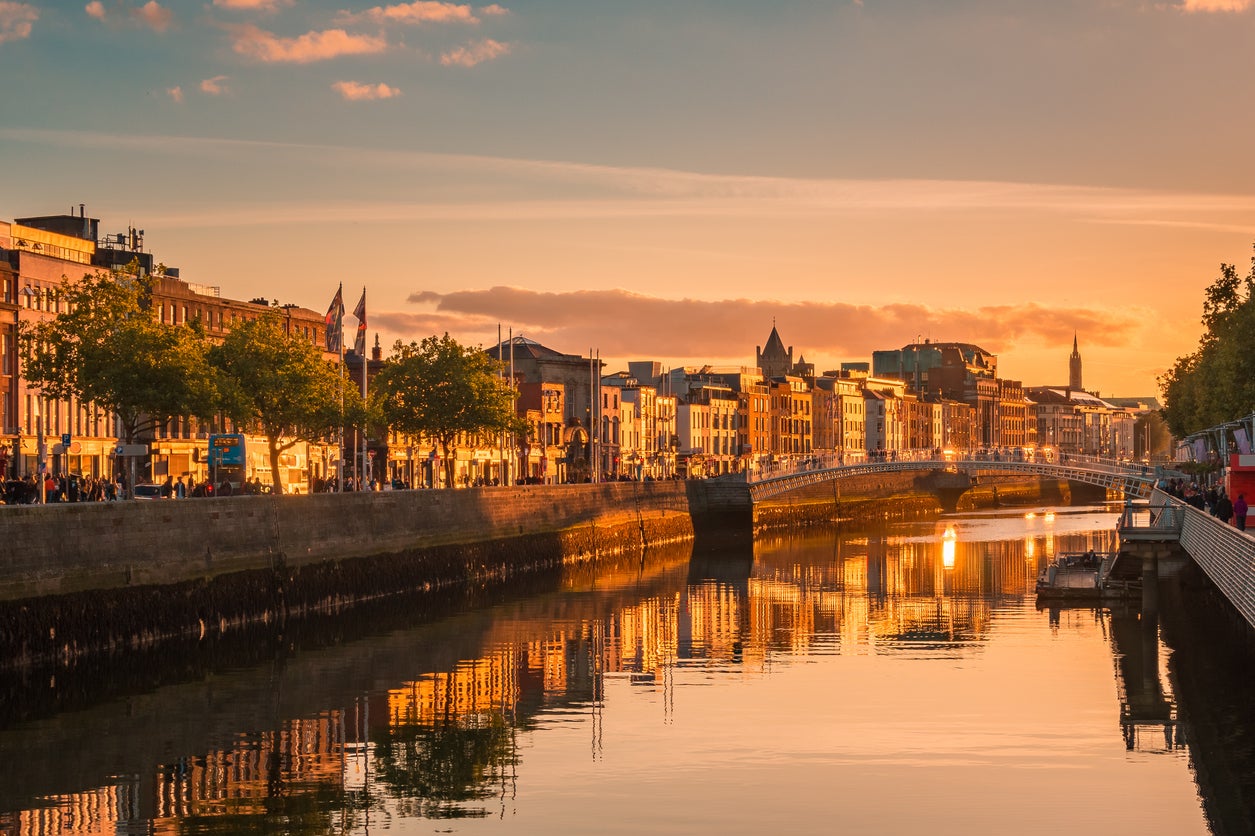
Your support helps us to tell the story
From reproductive rights to climate change to Big Tech, The Independent is on the ground when the story is developing. Whether it's investigating the financials of Elon Musk's pro-Trump PAC or producing our latest documentary, 'The A Word', which shines a light on the American women fighting for reproductive rights, we know how important it is to parse out the facts from the messaging.
At such a critical moment in US history, we need reporters on the ground. Your donation allows us to keep sending journalists to speak to both sides of the story.
The Independent is trusted by Americans across the entire political spectrum. And unlike many other quality news outlets, we choose not to lock Americans out of our reporting and analysis with paywalls. We believe quality journalism should be available to everyone, paid for by those who can afford it.
Your support makes all the difference.Spliced in two by the lazy flow of the River Liffey, the Irish capital has an easy, welcoming charm that gets under your skin.
Its rich history is visible through Dublin’s medieval and Georgian heritage and this Unesco World City of Literature’s streets are haunted by the whispers of some of the world’s literary greats like James Joyce and Samuel Beckett.
But this is also very much a modern city – Dublin is now one of Europe’s top tech hubs with thousands of workers employed in its Silicon Docks district by start-ups and behemoths like Google, Facebook, Airbnb, LinkedIn and Etsy.
And if you’re in town this weekend for the Six Nations Rugby – especially if you were due to watch the now-cancelled Ireland v Italy match – here are all of Dublin’s best bits to check out away from the pitch.
What to do
History lesson
Ireland’s extensive archaeological heritage, from the Megalithic period through the Vikings and beyond, is chronicled at the National Museum of Ireland, where treasures include the eighth century Ardagh Chalice, Viking artefacts and a dazzling collection of prehistoric gold. Open Tuesday to Friday 10am-5pm, Saturday 10am-5pm, Sunday and Monday 1pm-5pm; free admission.
Discover the greats at MoLi
Copy No.1 of the first edition of James Joyce’s seminal novel “Ulysses” is one of the most precious exhibits at Dublin’s newest cultural landmark – the Museum of Irish Literature (MoLI). Housed in one of St.Stephen’s Green’s grandest townhouses, where Joyce also attended university, its exhibits take you on an imaginative journey illustrating the lives and inspirations of Joyce and some of Ireland’s other literary greats both past and present. Admission €8. Open daily 10am to 6pm.
Distant shores
More than 10 million people have bid farewell to Ireland down the centuries and the Irish diaspora stretches all across the world. EPIC The Irish Immigration Museum is devoted to telling the story of the huge numbers who left, through engaging interactive displays, including a Whispering Library of the words of some renowned Irish writers. Admission €15; open daily 10am-6.45pm.
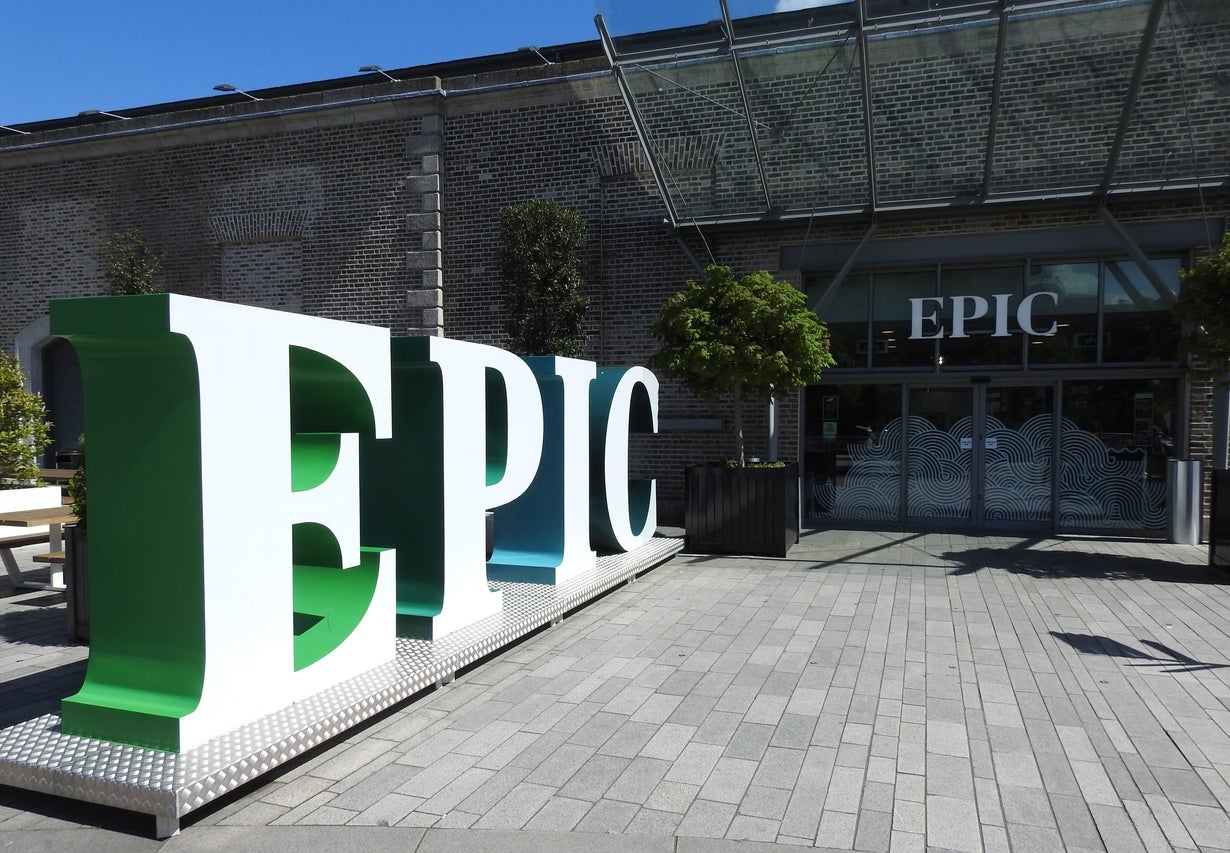
College life
The leafy confines of Trinity College are home to a number of sights, the most noteworthy being the chance to see the Book of Kells, a priceless ninth century illuminated manuscript of the gospels, on display in the institution’s Harry Potter-esque Long Library. Admission €11-13; open Monday to Saturday, 8.30am-5.30pm, Sundays, 9.30am-5pm.
For art’s sake
The Royal Hospital Kilmainham was built in 1680 and modelled on Les Invalides in Paris. Nowadays it’s the imposing backdrop for the Irish Museum of Modern Art and its impressive collection of over 3,500 works by Irish and International artists, including Lucian Freud and Sean Scully, dating predominately from the 1940s onwards. Admission free; open Tuesday to Friday 11.30am-5.30pm, Saturdays 10am-5.30pm, Sundays 12-5.30pm. Closed Mondays.
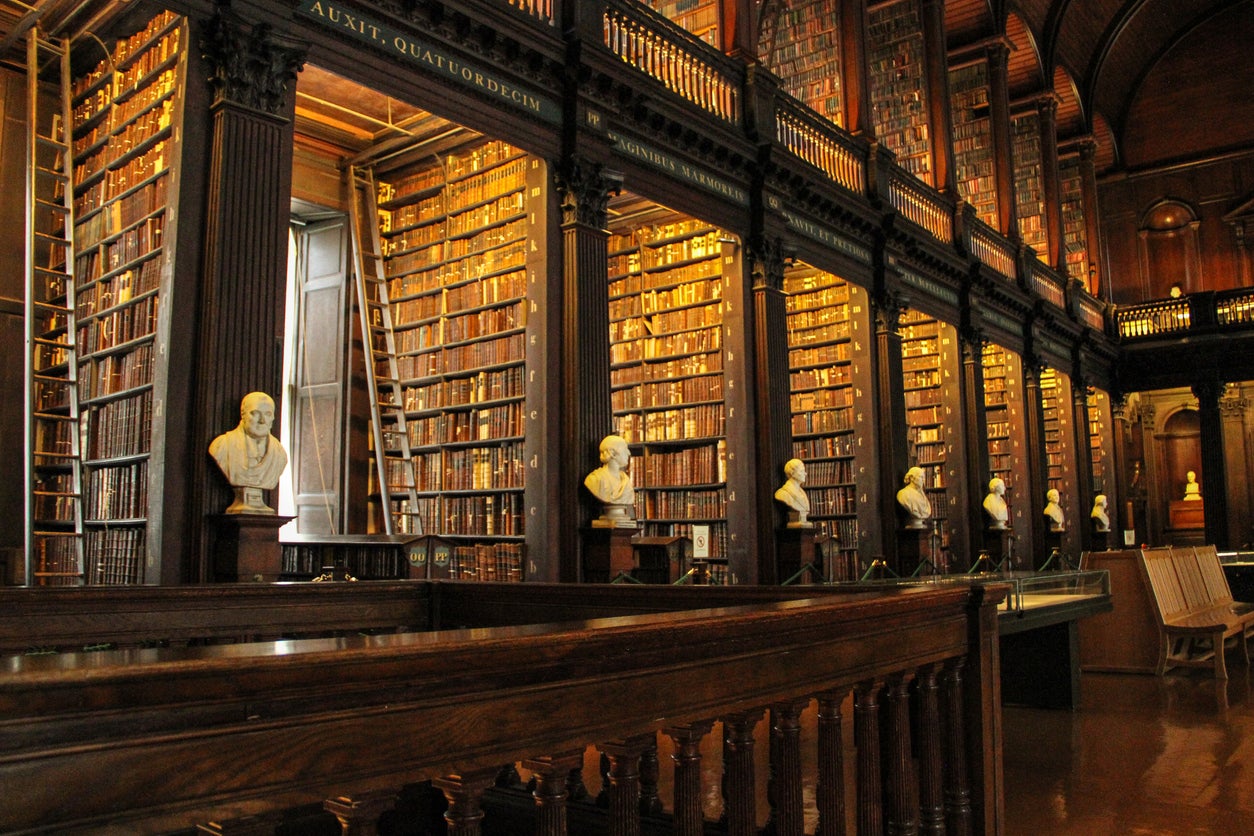
Golden hour
Dublin may be known as the home of Guinness, but it also has a long history of whiskey making and recent times have seen a profusion of new boutique distilleries spring up. Several are dotted around the historic Liberties neighbourhood, known in the 18th and 19th century as the Golden Triangle. A few choice examples include The Teeling Distillery, the distinctive glass spire of Pearse Lyons set in a former church, and Guinness’s new Roe & Co Distillery, housed in its former power station on St James’s Street. Opening times vary.
Georgian grit
The Georgian grandeur of 14 Henrietta Street offers a compelling, if bleak, insight into life in a 19th century Dublin tenement, with interactive guided tours of this new museum. One of the city’s most prestigious addresses in the 18th century, by the turn of the 20th century it had become home to 100 souls living in cramped, unhealthy conditions. Admission €9. Tours available Wednesday to Saturday 10am-4pm, Sundays 12-4pm, closed Mondays and Tuesdays.
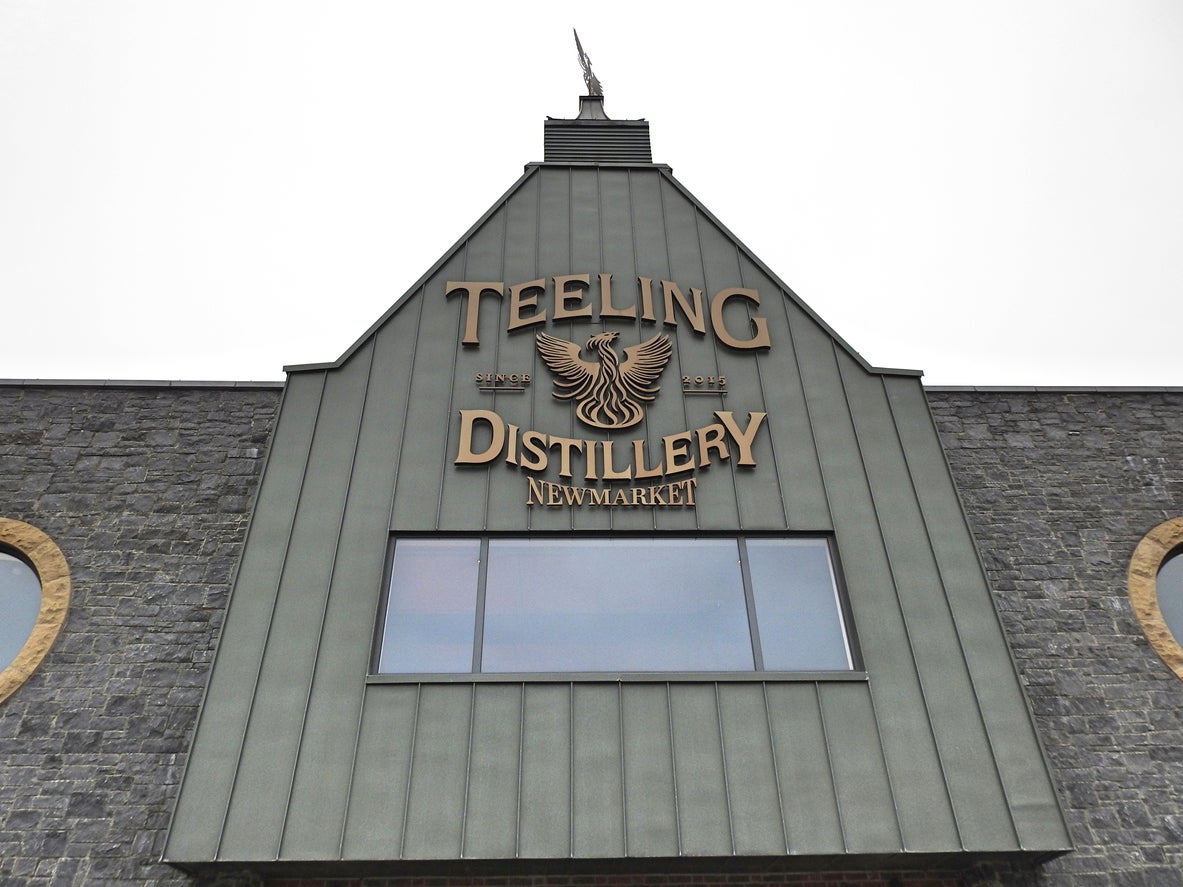
Where to stay
With its bosky views out over St Stephen’s Green, The Shelbourne, Autograph Collection Hotels is a local institution – the first Constitution of the Republic of Ireland was drawn up here in Room 112 and it marked its 195th anniversary this year in grand style with a €40m facelift. Doubles from €349, B&B.
A recently renovated Victorian building close to the banks of the Grand Canal, The Wilder Townhouse is an intimate stylish option within walking distance of St. Stephen’s Green. Doubles from €130, room only.
The Hendrick Hotel is something new, a street-art themed hotel in the rejuvenated Smithfield district with a sceney, urban edge. Rooms are small but comfortable and the public spaces are adorned with over 270 pieces of graffiti and other art curated by Irish street artist, James Earley. Doubles from €129, room only.
The Generator on the nearby Smithfield Square is a great budget option with beds in shared dormitories from €16 per night or €50 for a private room.
Where to eat
The Fumbally is one of Dublin’s classic brunching and lunching spots, a large airy space with a Mediterranean and Middle Eastern-oriented menu.
Expertly baked breads and pastries are on offer at Bread 41, as well as salads and more substantial lunch dishes with an emphasis on pickled and foraged ingredients.
You can eat some of Dublin’s best, and most refined, fish and chips washed down by organic and biodynamic wines sitting at the counter of the small, but perfectly formed, Fish Shop.
The contiguous streets of Camden, Aungier and South Great George’s Street are at the heart of Dublin’s dining scene. Book in advance for a table at Pickle, arguably Ireland’s best Indian restaurant, which specialises in North Indian cuisine.
Latest hot table Uno Mas has a distinctly Iberian air with the likes of red mullet rice and squid a la plancha, while Pi Pizza serves some of the city’s best wood-fired pizzas.
Where to drink
Temple Bar is strictly for tourists. James Joyce’s most famous literary protagonist Leopold Bloom mused in Ulysses that a good puzzle would be to cross Dublin without passing a pub. For those who don’t want to, Mulligans is widely acknowledged as serving one of the best pints of Guinness in Dublin and is loaded with atmosphere.
The aptly named The Virgin Mary is Dublin’s one and only non-alcoholic bar serving an array of inventive cocktails and draught nitro-coffee.
Dublin has experienced an explosion of good coffee. 3FE was one of the first proponents and still one of the best.
Dubliners have been meeting and gossiping over tea, coffee and its must-order sticky buns at the landmark Bewley’s for 180 years.
The Cobblestone in Smithfield is where to go to hear some traditional Irish music, which is more about the vibrant community of musicians who regularly drop in to play than performing for tourists.
Where to shop
Brown Thomas is Dublin’s answer to Selfridges and shares the same owners, so expect designer labels and high prices.
Irish design given a more contemporary spin is another burgeoning retail trope with the Irish Design Shop and Stable of Ireland being two of the best examples. The latter employs knitters and weavers to update Irish classics with a tasteful, modern twist.
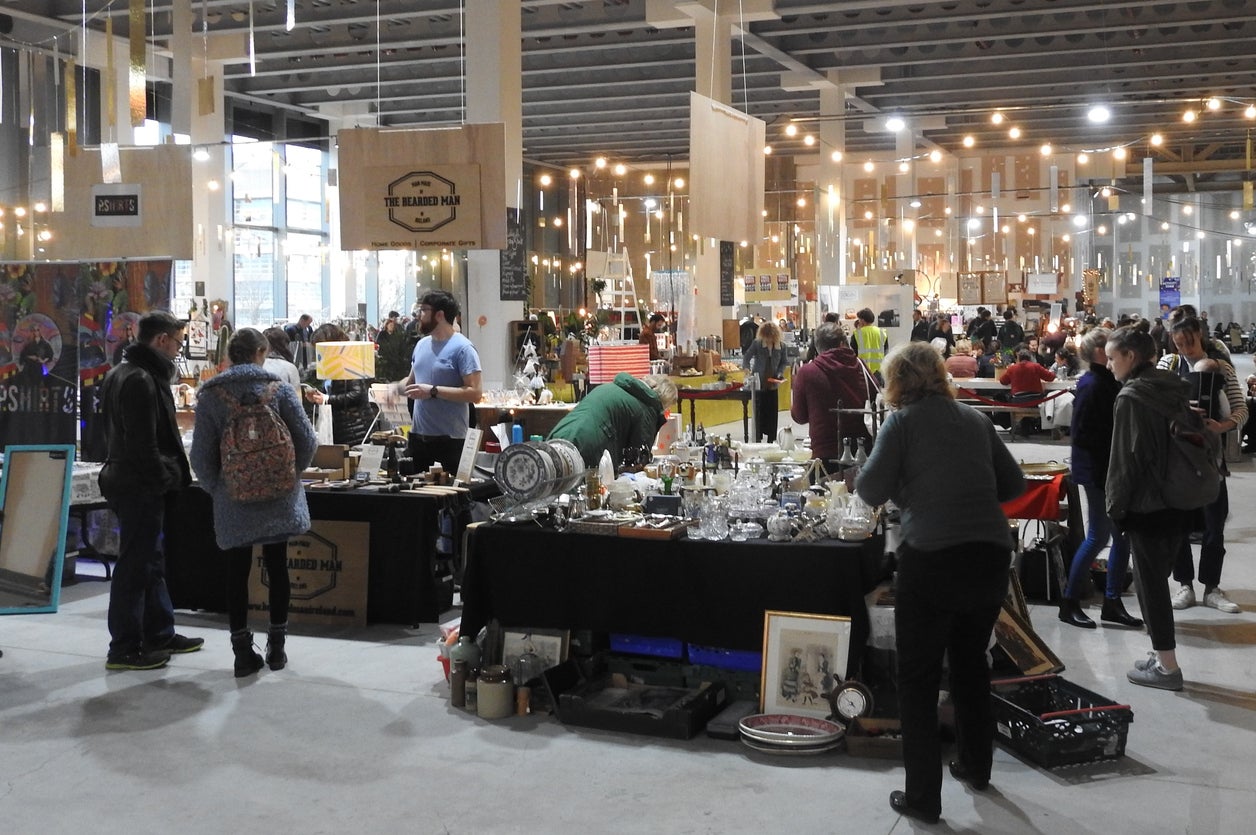
The former Georgian home of Lord Powerscourt is the ornate backdrop for the Powerscourt Townhouse Centre, with numerous boutiques and restaurants set around an internal courtyard.
Dublin Flea takes place on the last Sunday of every month and is currently popping up at The Digital Hub on Thomas Street, with its interesting mix of vintage, antique and independent sellers.
Architectural highlight
Dublin’s Georgian streetscapes are one of its finest architectural boasts – gracious, 18th century townhouses and squares are dotted both north and south of the Liffey. St Stephen’s Green is the largest of its five Georgian squares and other fine examples include Merrion Square, the terraces of North Great George’s Street and the Custom House, built in 1791.
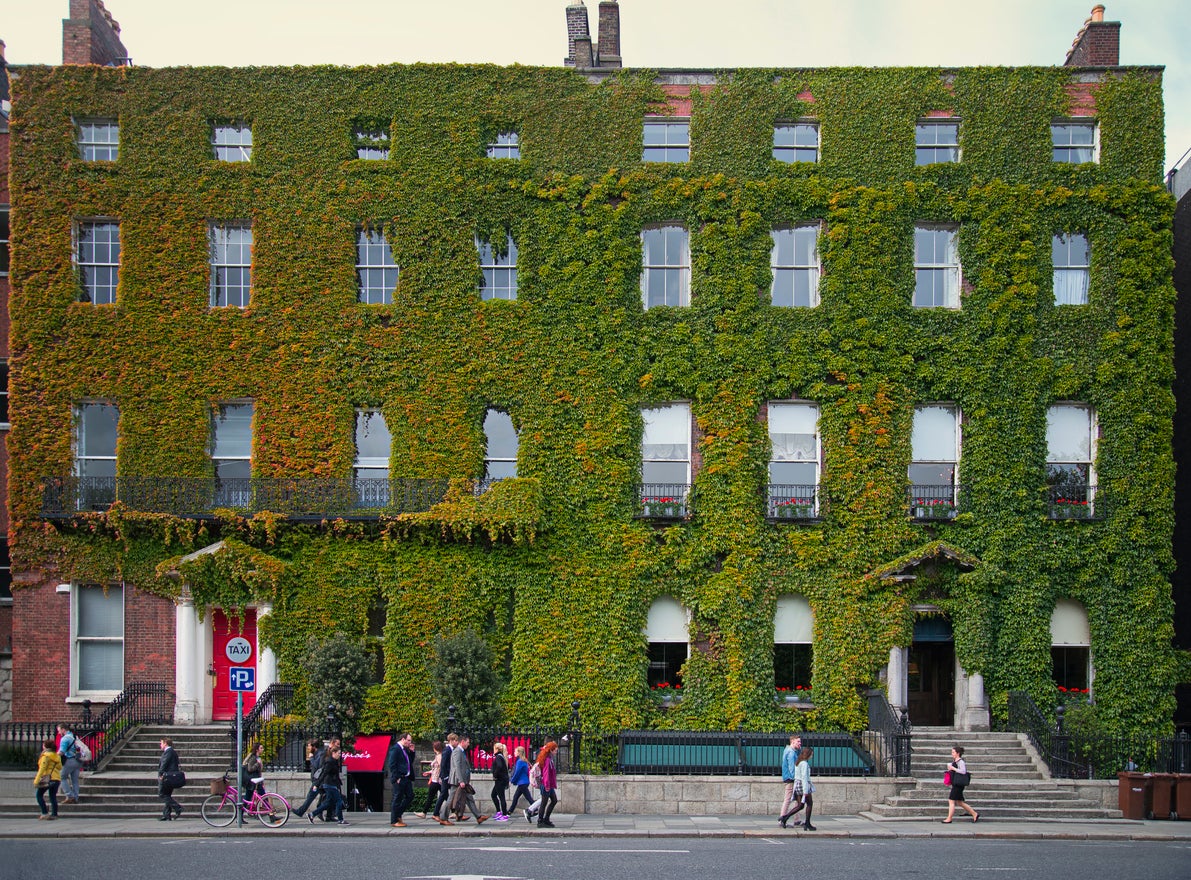
Nuts and bolts
What currency do I need?
Euros.
What language do they speak?
English is used on a daily basis but you will also notice all official signs and public services displaying information using Gaelic – referred to by locals as Irish.
Should I tip?
10-12 per cent for good service.
What’s the average flight time from the UK?
Dublin can usually be reached within an hour from most UK airports, which all have good connections.
Public transport
Central Dublin is easily walkable – for longer distances there is a bus network as well as two tram lines called the Luas. The Dublin Area Rapid Transit (Dart) line is a light railway skirting the coast serving seaside suburbs north and south of Dublin Bay. Dublin Bikes is another popular mode of transport.
Best view
The Great South Wall is one of Dublin’s lesser known gems. Jutting out into Dublin Bay and built in 1795, you can walk its four-mile length to the pillar-box red Poolbeg Lighthouse and gaze back at the city.
Insider tip
Wild swimming might be all the rage these days, but Dubliners have been at it for decades. Hop on the Dart to Sandycove and the Forty Foot, immortalised by James Joyce in Ulysses, and take the freezing, but life-affirming, plunge into the icy waters of the Irish sea alongside its many devotees.
Join our commenting forum
Join thought-provoking conversations, follow other Independent readers and see their replies
Comments